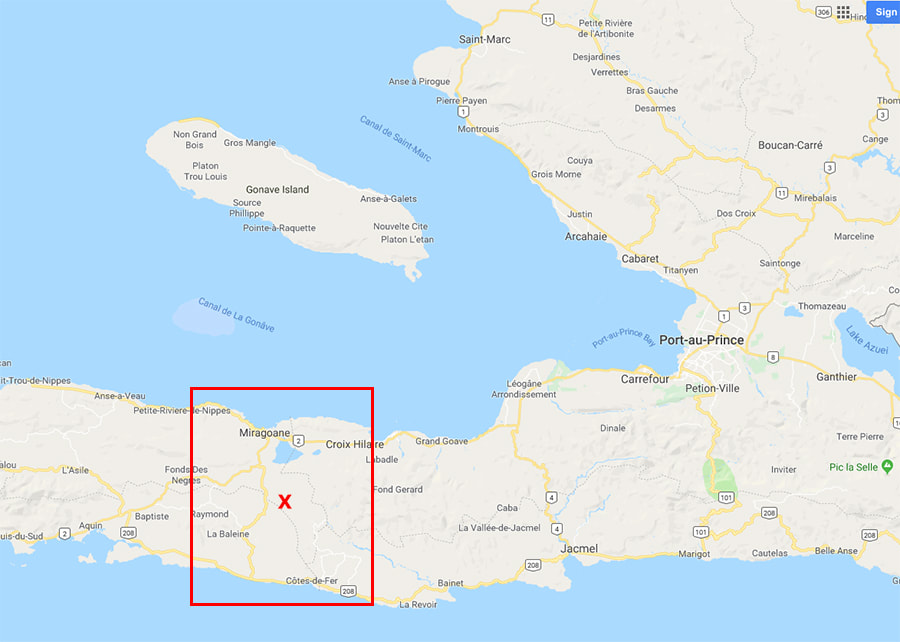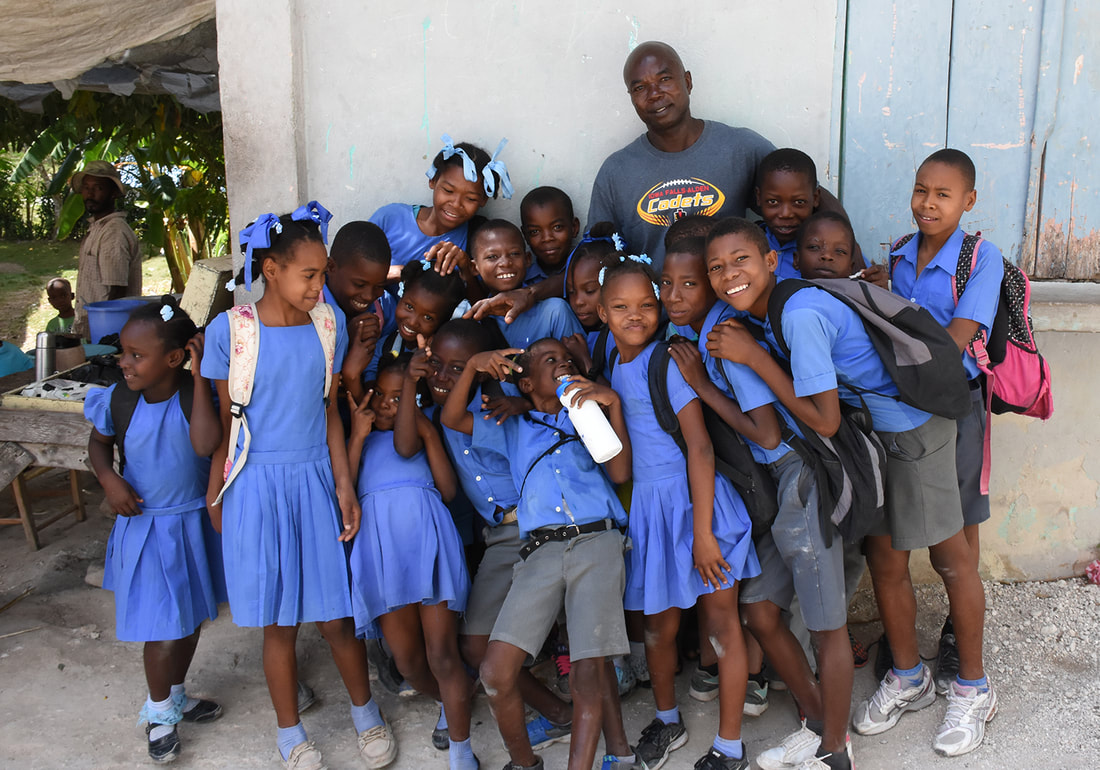COMMUNITY
What's the Path Forward for Haiti?
|
This article by Marlene L. Daut, a professor of French and African American Studies at Yale University, 3.18.23, offers a summary of today's political quandary.
|
Country Context
|
Be informed: If we are personally involved, it's important to know how Haiti came to this place in history. The quick answer is "corrupt leadership," but there is more to the story. A team of reporters from the New York Times dug deep for over a year to find the facts which they've revealed in a series of six articles published in May 2022. "6 Takeaways" summarizes their findings. Links to the articles follow.
"6 Takeaways About Haiti's Reparations to France"
How did the modern world’s most successful slave revolt give birth to a desperately poor nation? "6 TAKEAWAYS"
Links to text-only copies of all five articles
|
Location
Belle-Riviere lies in the mountains of Southern Haiti about 75 miles from Port-au-Prince, a four-hour drive which concludes with six miles of unpaved road which prevent access to most vehicles without four-wheel drive. Although the center includes two churches, three schools, and a clinic, the population (over 6,000) is too scattered and too unstructured to qualify as a "village."
This agrarian community depends largely on produce, corn, millet, sisal, and charcoal. While country living offers some refreshing relief from the congestion of population centers, it comes at the cost of access to economic opportunity and a variety of living essentials. When it has resources, Haitian government is focused on the needs of more populated areas. The lifestyle of this community stands in stark contrast to a majority of the world population. |
So close and yet so far
Miami to Port-au-Prince: two hours by air.
Port-au-Prince to Belle-Rivière: four hours by car. |
Unique Community
Belle-Rivière suffers from the same lack of resources as most other rural communities in Haiti but the people of this village have proven a unique ability to work together to realize common goals. They make and manage their commitments carefully, they contribute personal effort and other local resources, and they willingly provide accountability for resources received. Success breeds success. Their voluntary dedication has produced successful results for more than twenty years.
Key Players: Four key elements make up the unique success of this village.
Creative Initiators
The President of TPC is Loubert Lexin, is a former school principal who now oversees 40+ elementary schools for the Ministry of Education in the Department of Nippes. He is fluent in five languages, including English, and uniquely talented with the computer which he constantly uses to provide information and verification. His wife, Marlhéne, is no less talented or motivated. They facilitate countless initiatives including the OFAB women's group, the loan fund, youth development, computer classes, and many other community projects. Together they possess a rare zeal for community development. They are the spark and unifiers of this community.
Community Leaders
No one better knows what is good for the community than the people who live there. A core group of community leaders called Team for the Progress of the Community (TPC) coordinates priorities and available resources, with local residents. Together, TPC and FBR match available resources to find likely solutions. This combination insures community agreement and involvement in projects as well as efficient use of money and materials. Equally important, they account for the financial resources which they receive.
|
Strong Women
The women's group, locally referred to as "OFAB" (Organization of the Women (Fanm) of Belle-Riviere) includes more than fifty individuals who regularly gather to discuss women's priorities, family, and community.
The group founded their own micro-lending fund, adult literacy classes, Cooking & Sewing classes, soccer and other youth activities. They are constantly looking for new ways to support their families, by selling goods at the market, cultivating gardens, raising livestock, etc. The goat program was their suggestion. They are the first to pitch in when work must be done and the last to realize the benefits of their labors. They are the epitome of STRONG WOMEN. Constant Interpreter
Laraque St. Louis, a university-educated, former school teacher from
the city of Jacmel who now a professional interpreter at a variety of locations in Haiti. Through regular visits to B-R and constant contact with the TPC group, for more than 20 years, Laraque has become a trusted member of the community. He translates both language and context, explaining situations and cultural differences. His familiarity with other people and parallel situations in Haiti has proven indispensable on countless occasions. |






